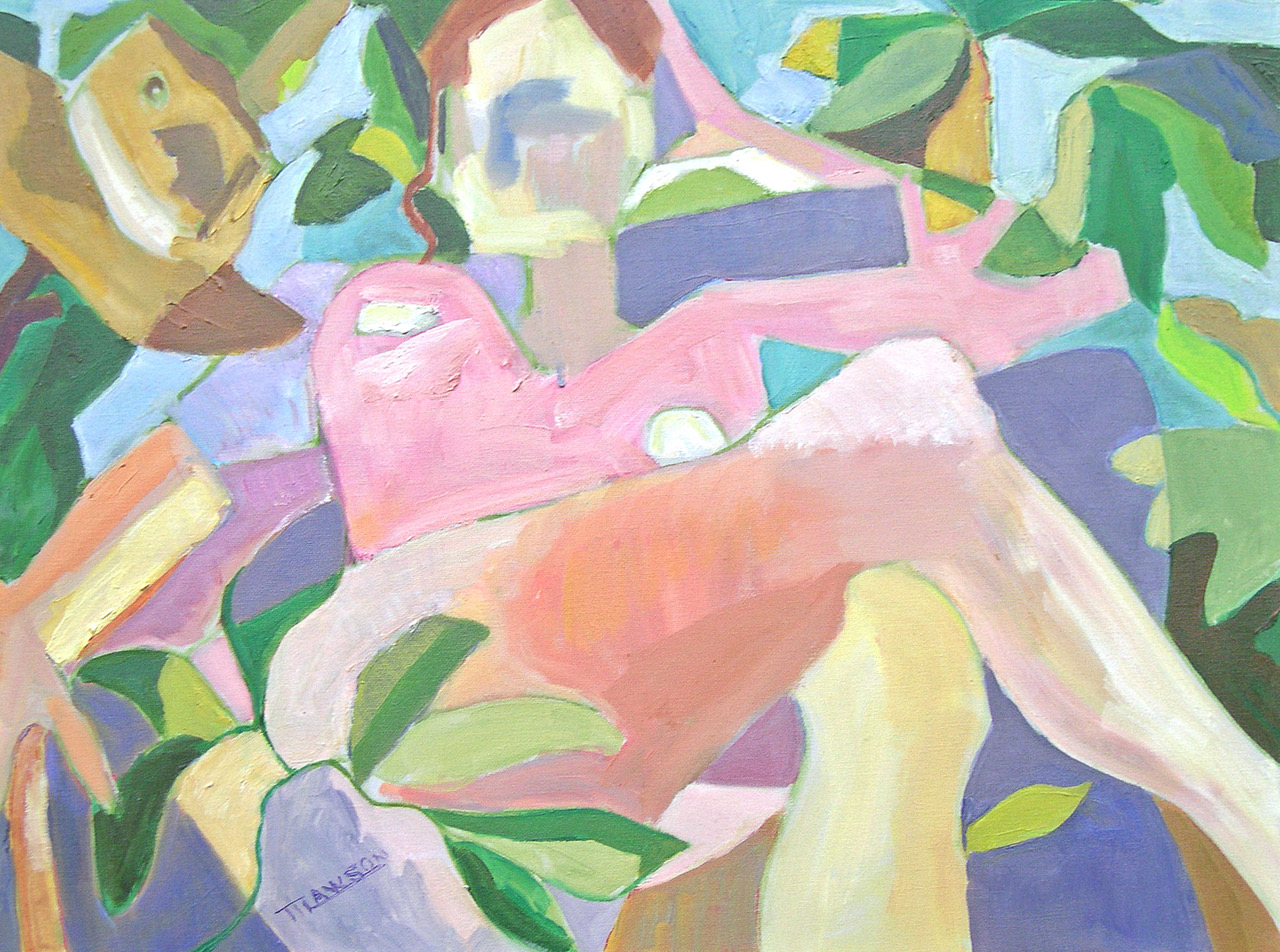AUTHOR’S COMMENTARY
In Plain Sight:
The identity of the Twin Pillars of Göbekli Tepe
Abstract
At the throats of the monumental anthropomorphic paired central pillars of Enclosure D, the oldest Enclosure at Göbekli Tepe, are pictograms that both identify their respective pillars and connect them with the archaeology of Neolithic southwest Asia on the eve of the inception of agriculture. On one pillar is a bucranium; on the other, at the throat and on the belt, are two differing images of the moon, ancient symbol of the female. The bucranium and, in varying iterations, the two moon/woman symbols populate special purpose structures erected over many hundreds of years throughout Göbekli Tepe. They are likely the only pictograms at the site, and their specialized character, their ubiquity, and the fact that they relate the pillars as a pair bespeak their centrality. Taken as identifying markers for the pillars, the pictograms associate Göbekli Tepe with woman/bull iconography then extant in Upper Mesopotamia and supply a link in Jaques Cauvin’s theory of a psycho-cultural shift that leads in a direct line of symbolic development to the ensuing Bronze Age Great Mother/Son-Lover religions.
In the course of research for a A Brand New Mind I came, without having been to the site, upon a discovery concerning Göbekli Tepe in south-central Turkey. It took me by surprise, especially given that I find the discovery to be central to an understanding of the nature of the ritual proceedings there.
Around 12,000 years ago, at the Pleistocene/Holocene interface, goddess figurines began to proliferate in the Levant. In northern Syria they became associated with a masculine principle in the form of a bull, and the goddess and the bull in tandem became a staple of pre-pottery culture in the northern Mesopotamia. Much has been made of theories of a mother goddess at the onset of agriculture and all that followed, but these are not widely credited in present-day Middle East archaeology.
While I believe that the goddess and the bull formed the seeds of the first myth, I had no notion that they might have been a presence at Göbekli Tepe. In view of the prominence of the site in Mesopotamian prehistory, it is a curiosity that one might stumble upon extensive and convincing evidence not heretofore put together: evidence of different sorts and spread across time and throughout the site to the effect that these two figures were not just a presence at, but were indeed the focus of, ritual life there.
The development of this evidence is the burden of the article, which appears in full in the next section: In Plain Sight: The identity of the Twin Pillars of Göbekli Tepe
